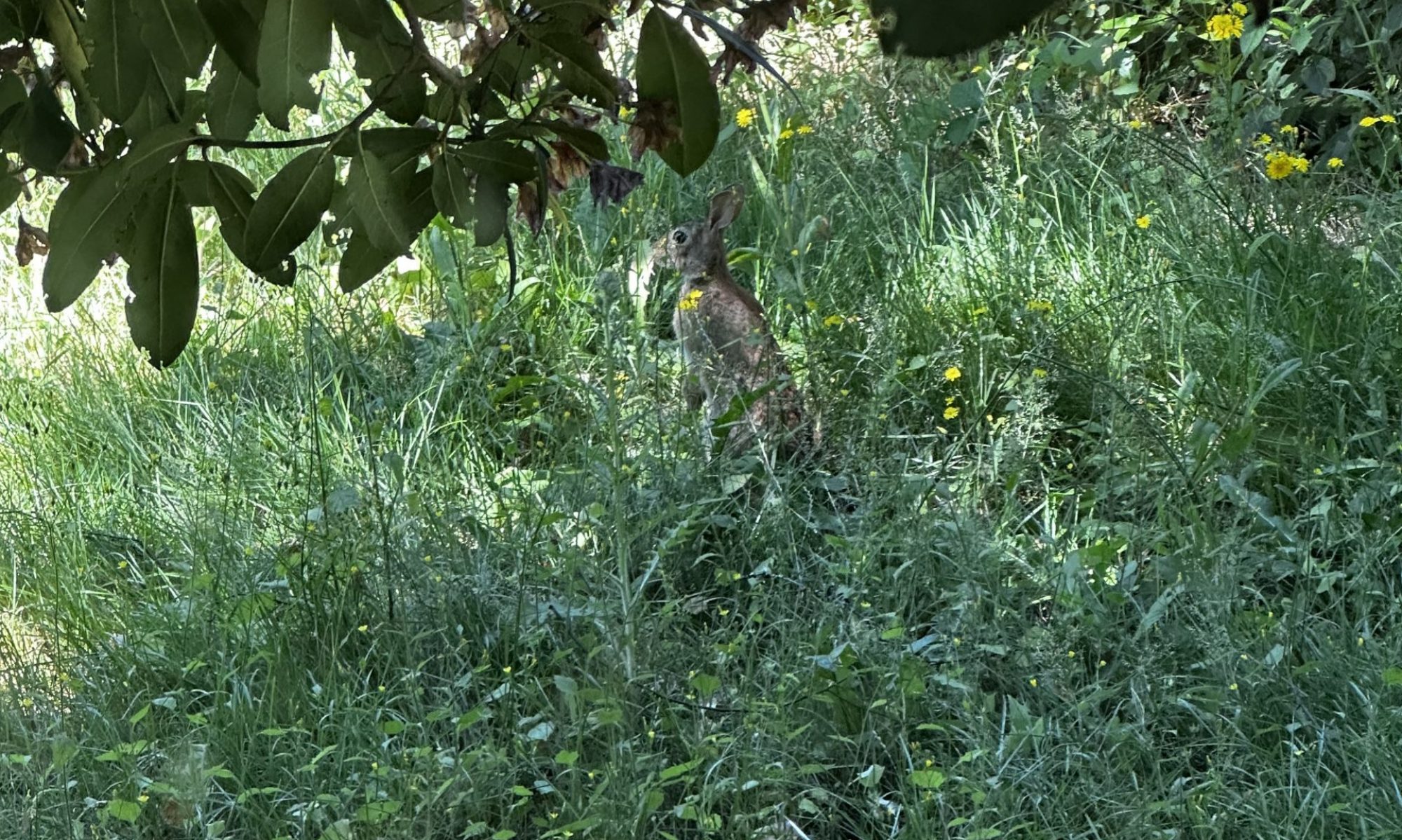The In-Between somehow makes you feel grimy, like all those sights and sounds and sensations and smells have stuck to you, like you’ve been rolling around in a preschool art class’s trash can. ~Michael Reaves, Mallory Reaves, The Silver Dream
The In-Between place, what I have often referred to as The Goo, can be a very messy, very uncomfortable place. It a place of unknowns. A place that is familiar in some ways and yet filled with the unfamiliar.
For those of us with unprocessed trauma living within us, unknowns can be uncomfortable to say the least and at times downright terrifying. I know in the past I have been a planner. Well, I still am a planner, but to much less of a degree. In the past I would have plans A through ZZZ, thinking through all the possible scenarios and back up plans for each scenario or possible derailment to the previous plan. It was exhausting, and yet it gave me a sense of (not real) safeness. It gave me a sense of (not real) control. It gave me space to breathe and not completely freak out if plan A, B, C, or DDD, didn’t work out.
I understand why I was the way I was. The chaos of my childhood left me in desperate need of stability, consistency, and knowing what the hell was going to happen next in every moment. I wasn’t one for “surprises” and when plans had to suddenly, unexpectedly change, it would send me into a fight/flight/freeze meltdown.
I don’t react quite so strongly anymore to changes. I still have my feelings and depending on what the change is sometimes my complex trauma stuff comes up. But I don’t need a million fall back plans anymore and I can actually sit in the in-between spaces of not really knowing what will be happening in the next days, months, or years with relative comfort. Or when there’s not relative comfort I can tolerate the discomfort without freaking the eff out.
I didn’t get to this place by chance. It has taken a lot of hard work, intention, and a ton of self-compassion.
Being able to sit in a space of discomfort is no simple task. It requires us to be able to be present – in our bodies, in the moment, in our environment, with the people around us. When we have complex trauma coursing through us, all of these things are almost impossible.
Almost.
We can do it.
And.
It takes practice, commitment, self-compassion, and time. These shifts don’t happen over night. It can take months for small shifts to happen. It can take years for bigger shifts.
And it can happen. We can do it.
Learning to regulate ourselves, to calm our nervous systems, takes time and energy. Most of us didn’t learn life-long helpful ways to self-regulate. When we were children we did what we needed to do to survive – both physically and psychologically. That generally meant for most of us leaving our bodies, leaving the present, living in our heads. As we grew older we may have found ourselves constantly stuck in the past or future or both, but rarely if ever in the here and now. Being in our bodies, being present to our physical sensations was too overwhelming and activating.
This is not our fault. We each did the best we could with what we had.
And this disconnection from our bodies, from the present moment, from our whole Self, can also leave us feeling empty, lonely, and disconnected. Our relationships, with ourselves and others, don’t go overly deep. We have our walls and armor that prevents others from getting too close.
This works for us until it doesn’t. And when it doesn’t work for us anymore we are left not knowing what to do or how to shift things or wondering if we even are capable of shifting things, of being in the world differently.
We can. Again, it takes work, intention, compassion, and time. It takes all of these in combination. Not one part alone will allow things to shift. All the time in the world won’t process our trauma or teach us to self regulate if we aren’t doing the work, if we don’t have the intention to do different, if we don’t cultivate some self-compassion. Because we will mess up, we will fall back on old patterns and cycles; on old ways of being that served us so well for some many years (until they didn’t anymore).
And.
With work, intention, compassion, and time we will fall back on those old ways of being less and less. We will find our ways to self-regulation. We will learn where we end and others begin (a.k.a. boundaries). We will find our ways to center and ground. We will begin to understand we are not alone (a.k.a. internal and external resources).
All things come to an end. All things shift and evolve. Whether we want them to or not. How we respond to the shifting and evolving is ultimately up to us. We certainly have the choice to remain in our activated states, to remain hyper-alert, to resist and avoid to our heart’s content.
We can also choose to the do the hard work. To make the commitment to find some peace for ourselves. To learn to self-regulate. To come home into our bodies and the present. To accept the shifts and changes and evolutions as they come and do our own work within and outside of them to continue our own shifting and evolving.
It’s not easy. Often it’s not fun. Often it is messy. And as I have said many times before and will likely say many more times again, I believe it is deeply worth it.
/../
This essay was originally written for my weekly(ish) newsletter on July 22, 2018. It has been edited and revised for publication here. To receive my most recent essays you can subscribe here.
